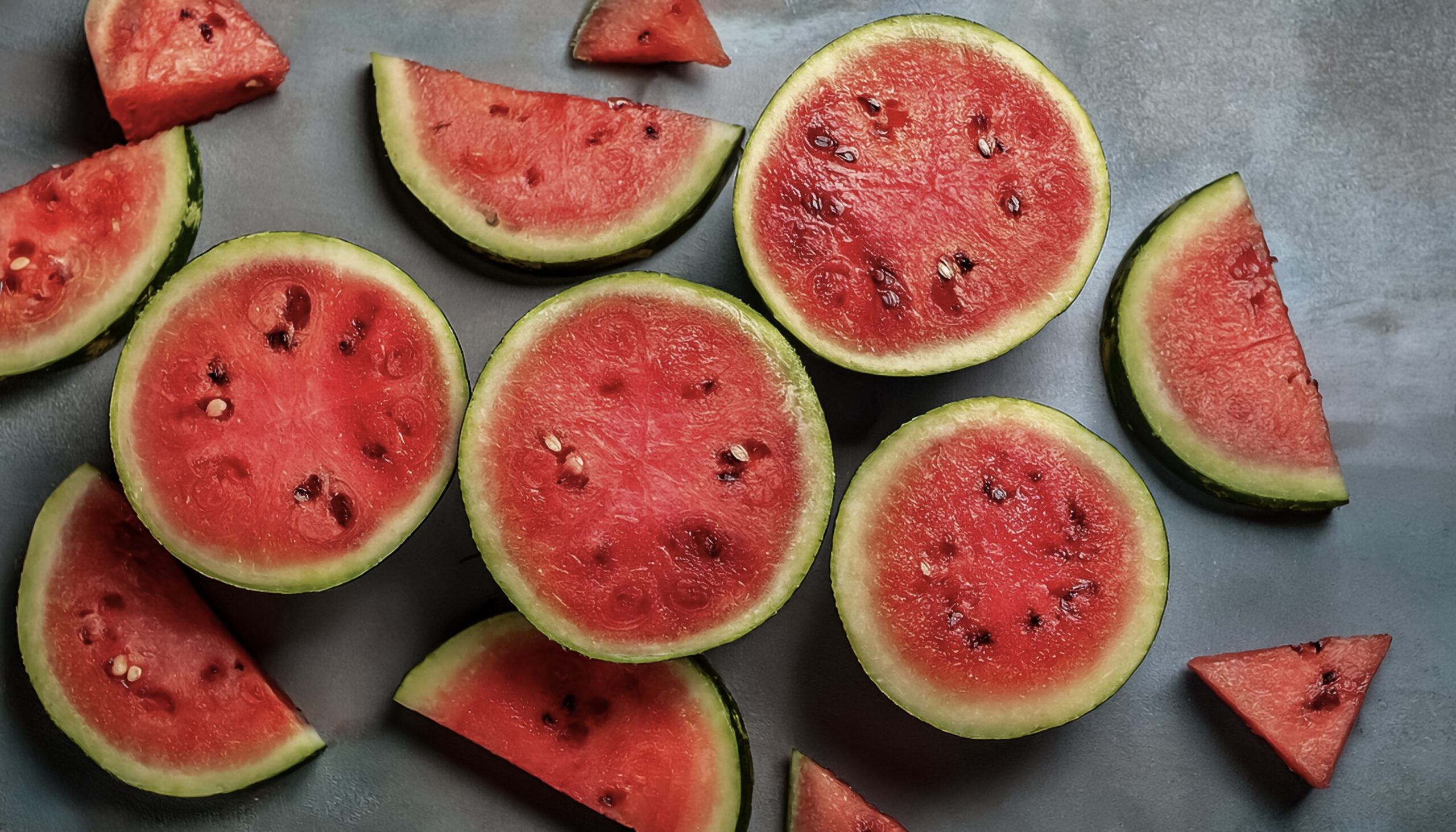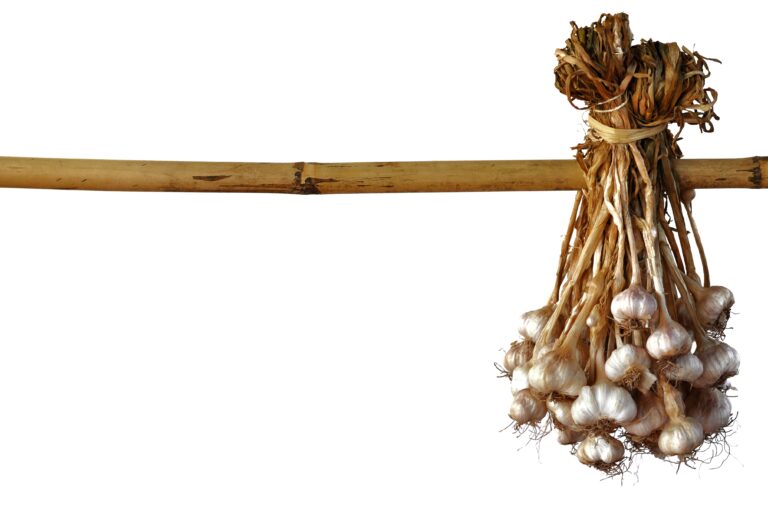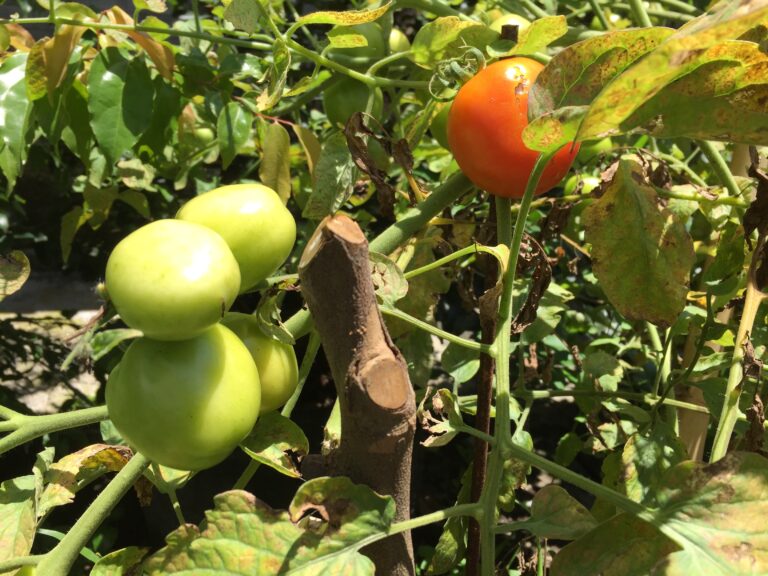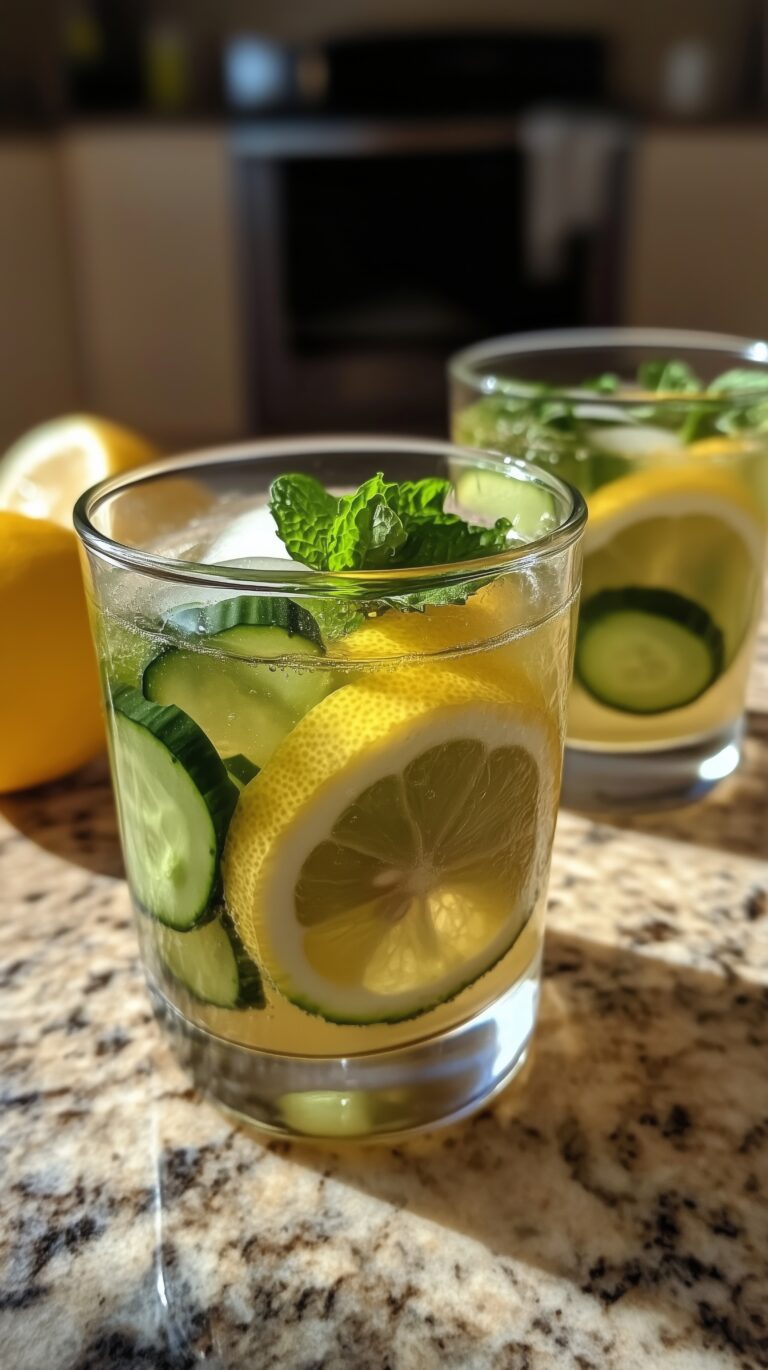How to Pick the Perfect Watermelon
How to Pick the Perfect Watermelon: Your Go-To Guide 🍉
Is there anything more refreshing than biting into a juicy, sweet watermelon on a hot day? Probably not. But nothing is worse than slicing open a watermelon only to find it pale, mushy, or flavorless. So how do you really choose a good one? Whether you’re at a supermarket or your local farmer’s market, this guide will walk you through the simple (but essential) signs to look for when picking the perfect watermelon.
—
Why Picking the Right Watermelon Matters
Watermelons don’t continue to ripen once they’re picked, so getting a good one off the bat is key. A ripe watermelon means better taste, better texture, and zero disappointment when you cut it open. With just a few visual and physical checks, you can make sure you’re taking home a fruit that’s bursting with sweetness.
—
Signs of a Sweet, Ripe Watermelon
1. Look for a Creamy Yellow Field Spot
That big patch on the bottom? That’s called the field spot, and it’s one of the most important clues. It shows where the watermelon sat on the ground ripening in the sun.
Creamy yellow or buttery color = ripe and sweet
White or pale green = under-ripe
👉 Quick tip: The darker the field spot, the longer it ripened on the vine.
—
2. Knock on It—Yes, Really
Tap the watermelon gently with your knuckles.
A deep, hollow sound = it’s full of juice and ready to eat
A dull, flat sound = it might be overripe or dry inside
This may take a little practice, but once you hear that perfect knock, you’ll know it.
—
3. Check the Webbing or Sugar Lines
The brown, rough, web-like lines on a watermelon are a good thing!
These are sugar lines, and they show where sugar has seeped through the skin.
More webbing = sweeter fruit
Don’t shy away from a watermelon just because it looks a bit “scarred.” It could be the tastiest one of the bunch.
—
4. Pay Attention to Shape and Size
You want a uniformly shaped watermelon—round or oval doesn’t matter, as long as it’s symmetrical. Irregular lumps or bumps could mean inconsistent ripening or low quality.
Also, don’t automatically go for the biggest one. A medium-sized watermelon that feels heavy for its size is often the sweetest.
—
5. Check the Weight: Heavy Is Best
Pick up a few and compare. A ripe watermelon should feel heavy for its size, which means it’s full of water and juice.
Lightweight? Probably dry inside.
Heavier than expected? Good sign!
—
6. Look at the Tail or Stem
If you find one with a little bit of the stem left, check the color.
Brown and dry tail = picked when fully ripe
Green stem = likely picked too early
—
Ripe vs Unripe Watermelon: Quick Comparison
Feature Ripe Watermelon Unripe Watermelon
Field Spot Color Creamy yellow White or light green
Sound When Tapped Deep and hollow Dull or flat
Sugar Lines Visible, brown webbing Bare skin or smooth
Shape Symmetrical Lumpy or irregular
Weight Heavy for its size Lighter than expected
Stem/Tail Brown and dry Green or fresh-looking
—
Bonus Tip: Store It Right
Once you’ve picked your perfect watermelon, keep it whole at room temperature if you’re not ready to cut it. After cutting, store the slices in an airtight container in the fridge for up to 4 days. And yes, you can freeze it for smoothies or slushies!
—
Final Thoughts
Now you know how to choose a good watermelon like a pro. 🍉 With just a few easy checks—the field spot, sound, weight, and shape—you’ll never bring home a bland one again. So the next time you’re shopping, trust your senses and use this guide to enjoy summer’s juiciest fruit at its best.







